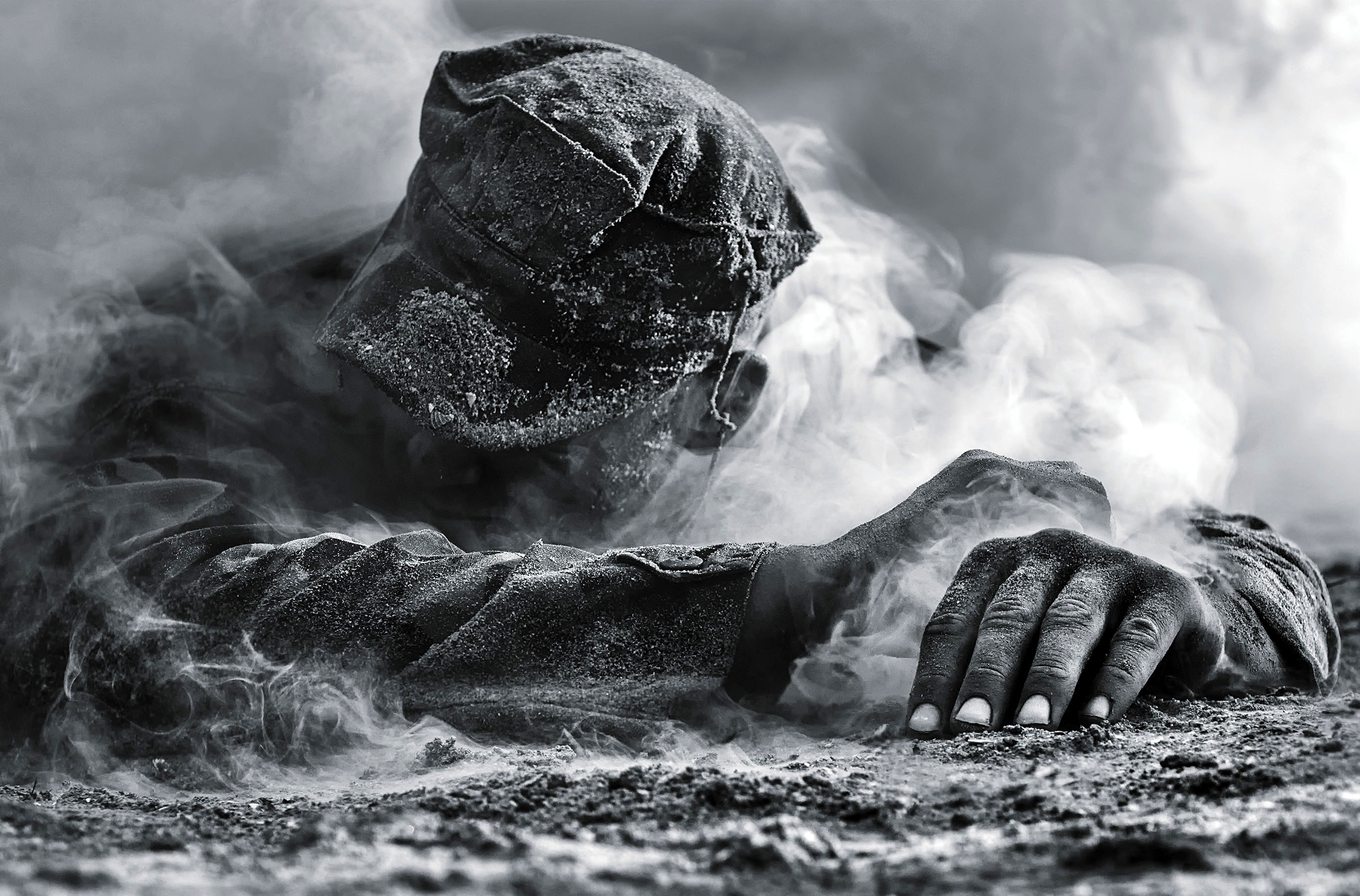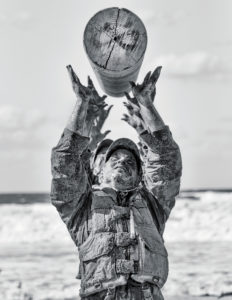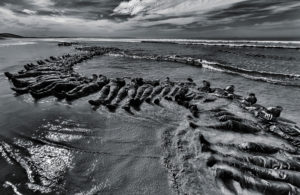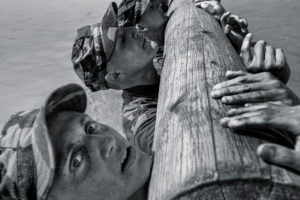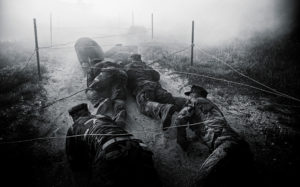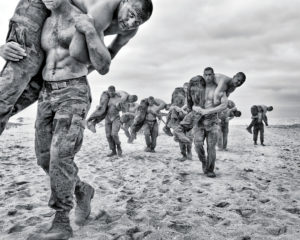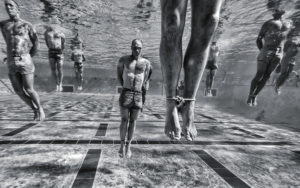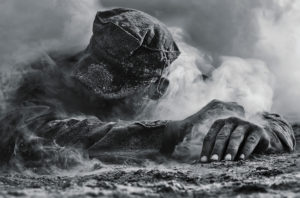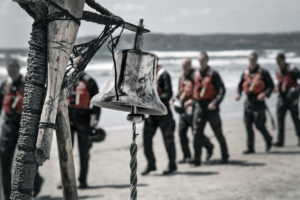Perhaps the most important lesson learned from the ill-starred 1915 Allied landings on Turkey’s Gallipoli peninsula during World War I was the importance of both gathering intelligence on an objective and clearing mines and other obstacles from the beaches.
Tasked with those responsibilities during World War II were the U.S. Navy’s Underwater Demolition Teams. In the mid-1950s the UDTs’ role expanded into unconventional warfare, incorporating guerrilla/counterinsurgency tactics, high-altitude parachuting and covert operations. This evolution culminated in the January 1962 formation of Sea, Air and Land (SEAL) Team One, at Naval Amphibious Base Coronado, Calif., and SEAL Team Two, at Naval Amphibious Base Little Creek, in Virginia Beach, Va. By 1986 the last UDTs had made the transition to SEAL teams.
These amazing photos are excerpted from the book “Uncommon Grit: A Photographic Journey Through Navy SEAL Training”” by retired SEAL turned photographer Darren McBurnett.
During the Vietnam War and every other conflict in which the United States has since been involved, the SEALs have played a key role, displaying extraordinary toughness, skill, endurance and versatility in myriad environments, from Middle Eastern deserts to Afghan mountains. To become a team member, one must be born with the right physical and mental characteristics, which trainers discover and hone over the course of the grueling 24-week BUD/S (Basic Underwater Demolition/SEAL) course. MH
This post contains affiliate links. If you buy something through our site, we might earn a commission.
This article appeared in the January 2021 issue of Military History magazine. For more stories, subscribe here and visit us on Facebook:

